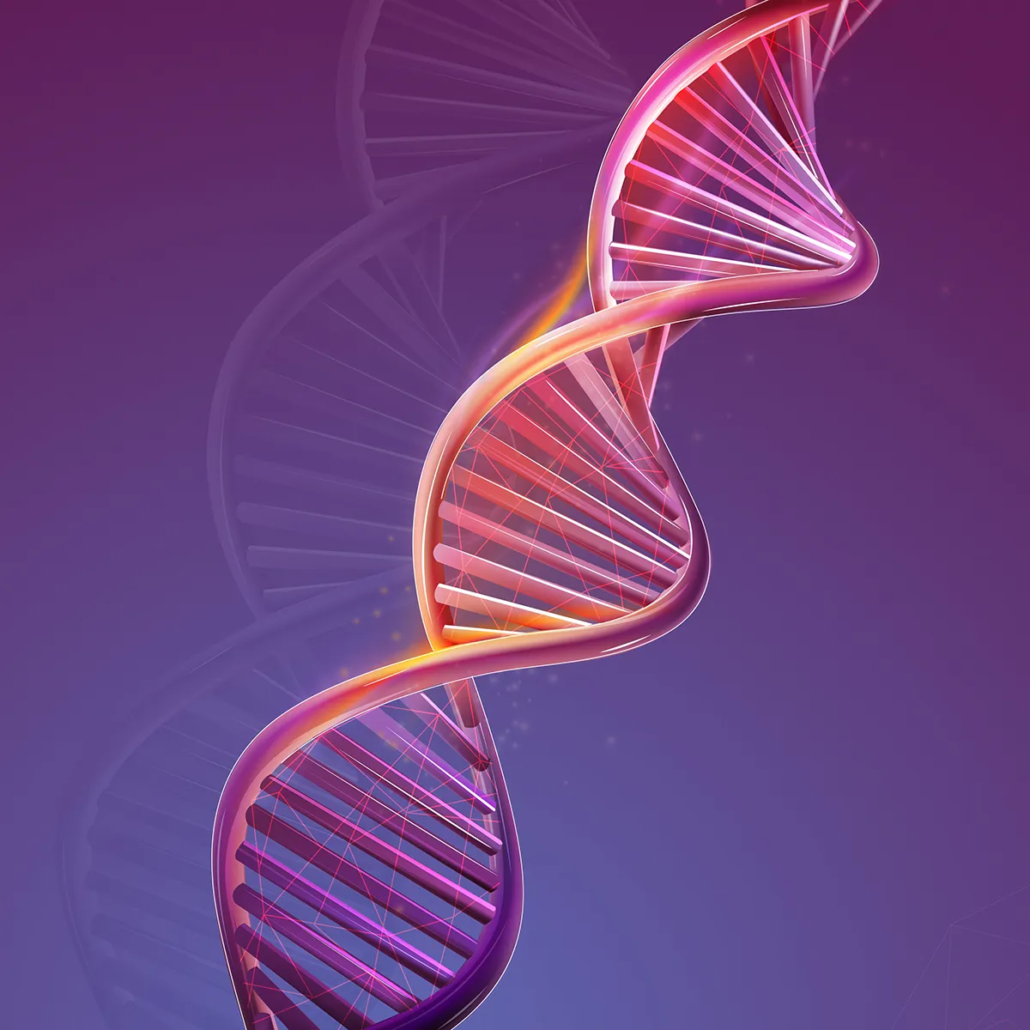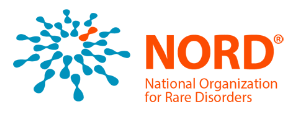The study drug, ECUR-506, is an investigational gene editing therapy designed to permanently restore a damaged or missing OTC gene with a functional copy, potentially restoring function and addressing the underlying cause of the disorder.
Through a one-time intravenous (IV) infusion, ECUR-506 is designed to deliver two active components into the liver cells of a baby with OTC deficiency: a working copy of the OTC gene and a nuclease enzyme, the part of the study drug that makes a cut into a patient’s DNA to allow the working copy of the OTC gene to be introduced into a patient’s DNA.
A gene cannot enter cells by itself; it needs a carrier called a vector to move the gene into the cells. For the study drug, ECUR-506, we use a type of virus called adeno-associated virus (AAV). AAVs provide the most common method of gene delivery being explored in gene therapy clinical studies today. After administration with ECUR-506 and as the baby’s liver cells divide, the AAV vector containing the nuclease will be lost over time, but the cells containing the inserted gene have been designed to provide a potentially permanent source of functional OTC enzyme that will break down ammonia.
Through extensive preclinical studies in animals, we have obtained evidence of ECUR-506’s potential activity and tolerability. The OTC-HOPE study will be the first evaluation of ECUR-506 in humans. It is hoped that the study drug ECUR-506 will introduce a working copy of the OTC gene so that your baby will make the OTC enzyme on his own, reducing the risk of dangerous ammonia elevations. However, there is no guarantee that your baby will benefit from participating in this trial. It is yet unknown if the potential benefit of ECUR-506 will outweigh the potential risks and whether ECUR-506 will overcome the limitations inherent in the current treatment approach.










